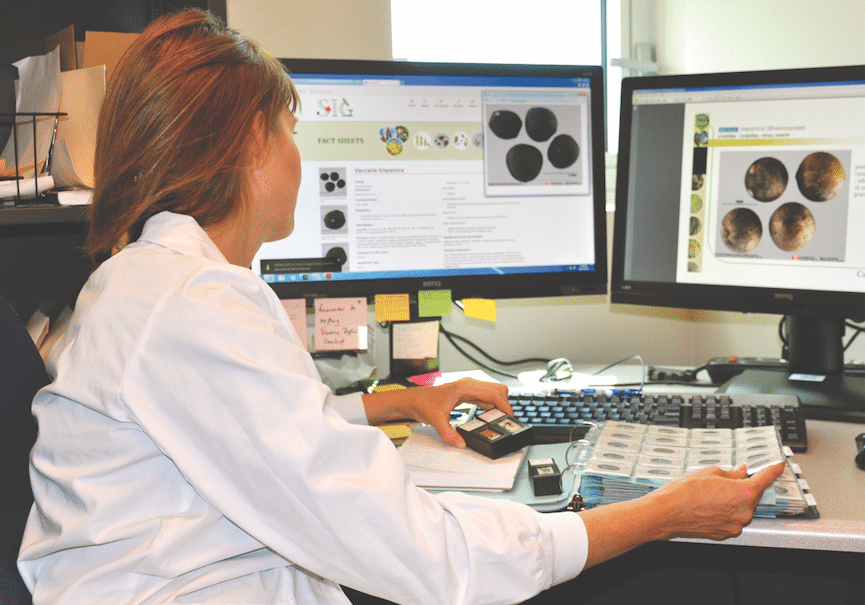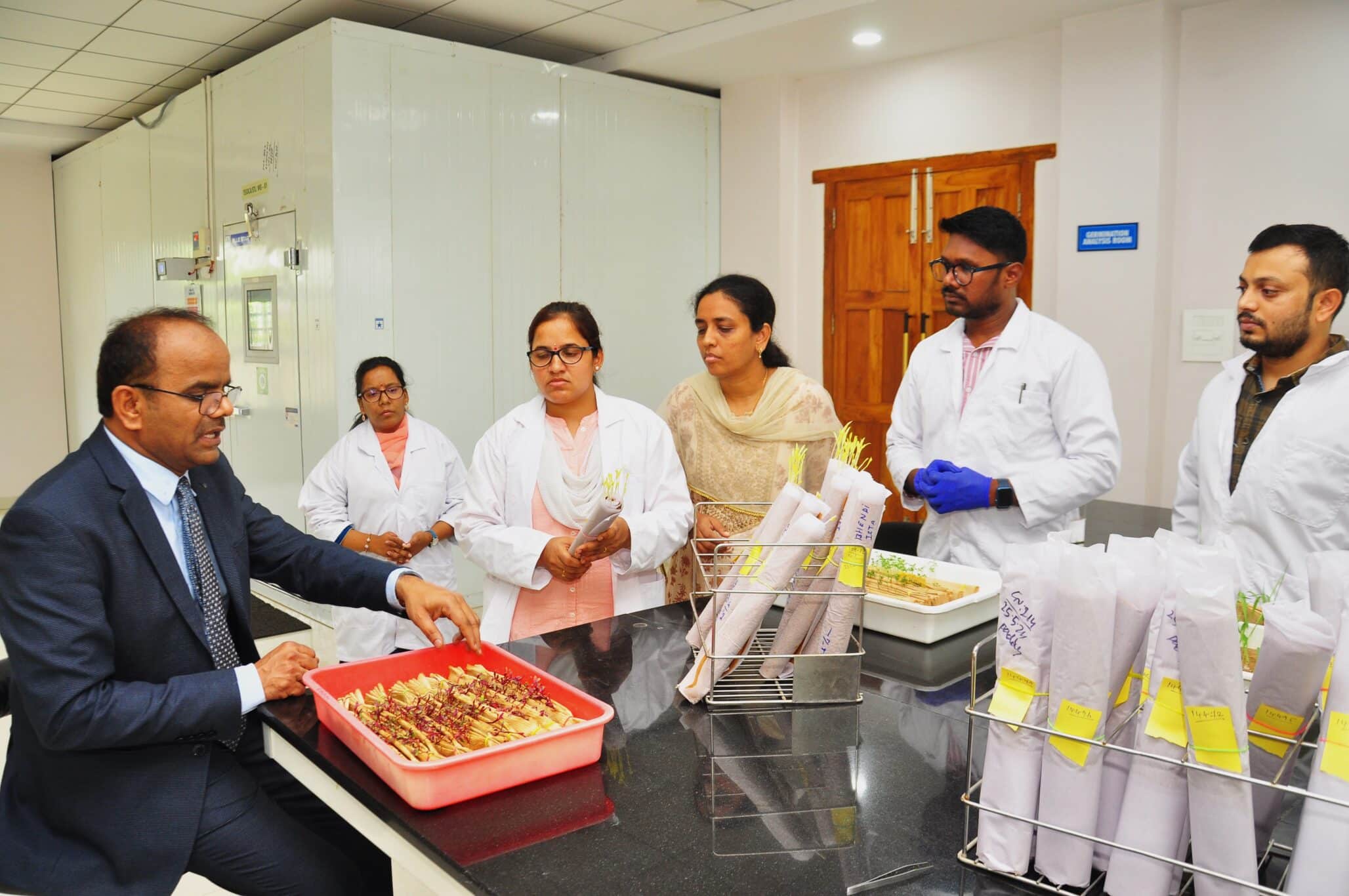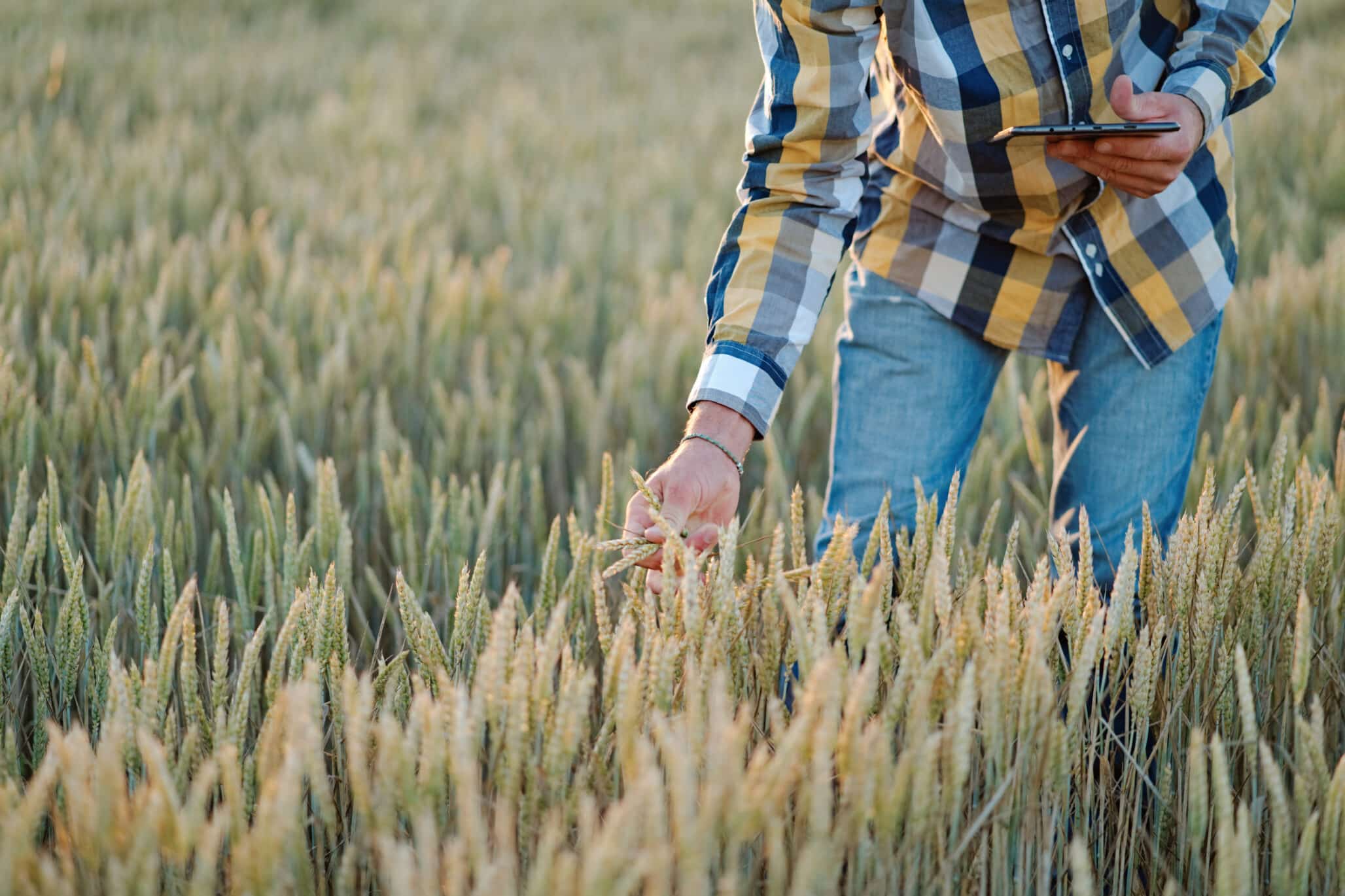A new international association aims to strengthen a crucial area of expertise.
For years, there has been a shrinking level of expertise in the area of seed morphology. According to Germany’s Wolfgang Stuppy, scientific curator for the Botanic Garden at Ruhr-University Bochum, since the mid-20th century, seed morphology has not been a discipline practised by many botanists who traditionally rely on floral characters for plant identification.
In his opinion, the best work on the subject was produced by a few scientists in the final few decades of the 1990s. These researchers then reached retirement age and their seed morphological work ceased.
Thankfully, a group of global seed industry stakeholders are coming to the rescue by forming the International Seed Morphology Association (ISMA) — with Stuppy at the helm as chairman.
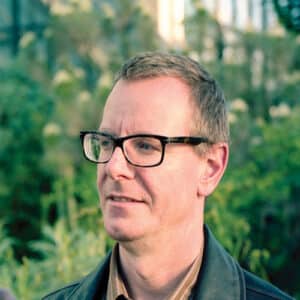
“In my work, sometimes the only material available for plant identification is seeds or fruits, and ISMA will now provide for the first time a central hub for seed morphology. Besides the seed industry, ISMA will also be an invaluable resource for scientists in the fields of ecology, ethnobotany, archaeology and agriculture,” Stuppy says.
“Having been a seed morphologist at Kew’s Millennium Seed Bank in 2003, I very quickly became aware of the fact that I appear to be the only scientist entirely dedicated to subject of seed morphology.”
Of course, there are other scientists who publish on the subject occasionally or who use seed morphology as tool for plant identification such as archaeologists and ecologists, but true specialists on seed morphology hardly seem to exist, he adds.
“The decline is certainly accelerated and exacerbated by the fact that nowadays, only high-tech research, especially molecular, is considered [worthy of] funding and worthwhile to be published in high-impact journals.”
Germany’s Axel Diederichsen serves as vice-chair of ISMA. He says the area of seed morphology has needed a shot in the arm for some time — and forming ISMA will serve to strengthen an area of expertise that is crucial to the global seed industry for a number of reasons.
“There’s a lot you can see with the human eye alone, which is basically what seed morphology is. People can make decisions based on what they perceive using their raw senses, but these people are getting rarer all the time,” he says.
Diederichsen obtained his PhD from the University of Göttingen in 1997 while working at the German national genebank at Gatersleben. He has chaired the Global Oat Diversity Network that was established during a meeting of oat genetic resource experts organized by the Global Crop Diversity Trust in St. Petersburg, Russia, in 2007.
He currently resides in Canada and serves as curator for the Canadian national genebank for seed germplasm.
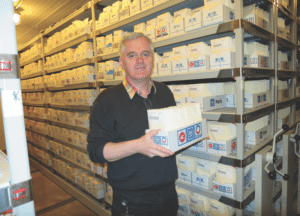
“We got so smart as humans that we tend to rely on sophisticated tools, but there are a lot of important seed qualities that can be assessed using the human eye alone. We need to continue training for these observation skills, which are readily available without needing a lot of technology.”
Global Importance
Plant and seed morphology are mainly used in identifying over 200,000 flowering plants and their seeds around the world, notes ISMA secretary Ruojing Wang of the Canadian Food Inspection Agency (CFIA). Wang is the head of the CFIA National Seed Herbarium in Saskatoon, Saskatchewan.
“Right now, up-to-date seed morphology knowledge and identification expertise are not readily accessible and scattered among individual taxonomists, specialists, analysts and seed testing laboratories,” she says. “Because of the diversity of plants, regional distribution, and globalized trade, there is no single country that can develop a reference database for seed identification to meet the testing needs. By forming ISMA, we hope to change that.”
By “we”, she means a contingent of seed specialists from around the world including Canada, the United States and Europe, all working to advance the field of seed morphology, or seed identification.
Seed identification is an area of expertise that determines the plant taxonomic identity of a seed sample such as family, genus and species. Seed identification is a highly specialized area of plant taxonomy. Seed identification uses identification techniques similar to those that entomologists use on insects.
Seed identification provides important and critical information in seed certification and grading and is a routine test for the enforcement of seed regulations, plant protection regulations, phytosanitary regulations and commodity labelling.
ISMA’s goal is to promote research, resource development, knowledge sharing and collaboration among those who are interested in seed morphology and seed identification.
The organization will be a scientific source of seed morphology knowledge and expertise, publishing interactive digital identification tools and establishing a seed identification database for weeds, economically important plant species and wild plant species.
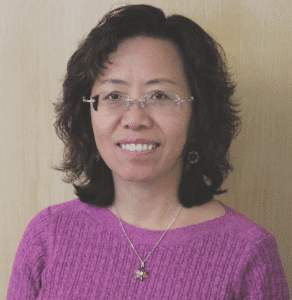
“ISMA will provide a vehicle to help people connect and directly publish their knowledge on our website,” Wang says.
That “vehicle” will be the “Seed Identification Guide” (SIG), a peer-reviewed web-based seed identification tool which is intended to become the seed morphologist’s online Bible.
Ernest Allen, director of the United States Department of Agriculture’s Seed Regulatory and Testing Division and a member of the ISMA board, says ISMA will have a positive effect not just on the seed industry, but on other sectors like environmental protection and conservation, food science and medicine.
“There’s a need for people to identify seeds and find new uses for them. This ISMA website is a truly universal tool with a wide range of applications,” Allen says.
He explains that most U.S. states maintain their own lists of prohibited weeds. This makes things very complicated for seed businesses wanting to expand beyond state lines.
“A seed analyst from North Carolina might never have seen some of the weed seeds from the other side of the country. It can take days to identify seeds they found during testing. One of the solutions right now is to send a sample to our lab for identification, but this adds time and expense. It puts a delay on seed that should have been sold yesterday. ISMA will help in this area by developing tools that can be used by anyone to identify seeds they find.”

ISMA also plans to produce a range of other tools (including fact sheets and facilitating peer support) to help anyone concerned with seed morphology. This will help to improve their knowledge of a crucial field, which Diederichsen notes has declined in recently years due to the rise of genomics and other new technologies that he observes often take attention away from the importance of morphology in identifying seed.
According to Stuppy, ISMA will essentially offer a one-stop shop for those working in seed morphology.
“Identification of seed contaminants, especially of invasive or potentially invasive species, is extremely important. Until now, the expertise and the knowledge needed for seed identification has been scattered across the world and hundreds if not thousands of individual publications. ISMA will provide both access to a wide spectrum of seed morphological information and related tools as well as to provide contacts to specialists in the field.”


